Oxygen Sensors
Oxygen sensors are an essential part of your car's emissions control system. They measure the amount of oxygen in the exhaust gas and send this information to the car's computer. The computer uses this information to adjust the air-fuel mixture to optimize combustion and reduce emissions.
There are two types of oxygen sensors: narrow-band and wide-band. Narrow-band sensors are less accurate than wide-band sensors, but they are also less expensive. Wide-band sensors are more accurate, but they are also more expensive.
Oxygen sensors can fail for a variety of reasons, including:
- Corrosion
- Damage from heat or chemicals
- Electrical problems
If an oxygen sensor fails, it can cause the car's computer to miscalculate the air-fuel mixture, which can lead to poor fuel economy, increased emissions, and even engine damage.
Symptoms of a bad oxygen sensor include:
- Increased fuel consumption
- Rough idle
- Hesitation or stalling
- Reduced engine power
- Check engine light
If you suspect that you have a bad oxygen sensor, you should have it checked by a qualified mechanic.
Types of Oxygen Sensors
- Narrow-band oxygen sensors
- Wide-band oxygen sensors
How to Test an Oxygen Sensor
- Visual inspection
- OBD-II scan tool
- Multimeter
Oxygen Sensor Replacement Cost
The cost of replacing an oxygen sensor varies depending on the type of sensor and the make and model of your car. The average cost for a replacement oxygen sensor is between $100 and $300.

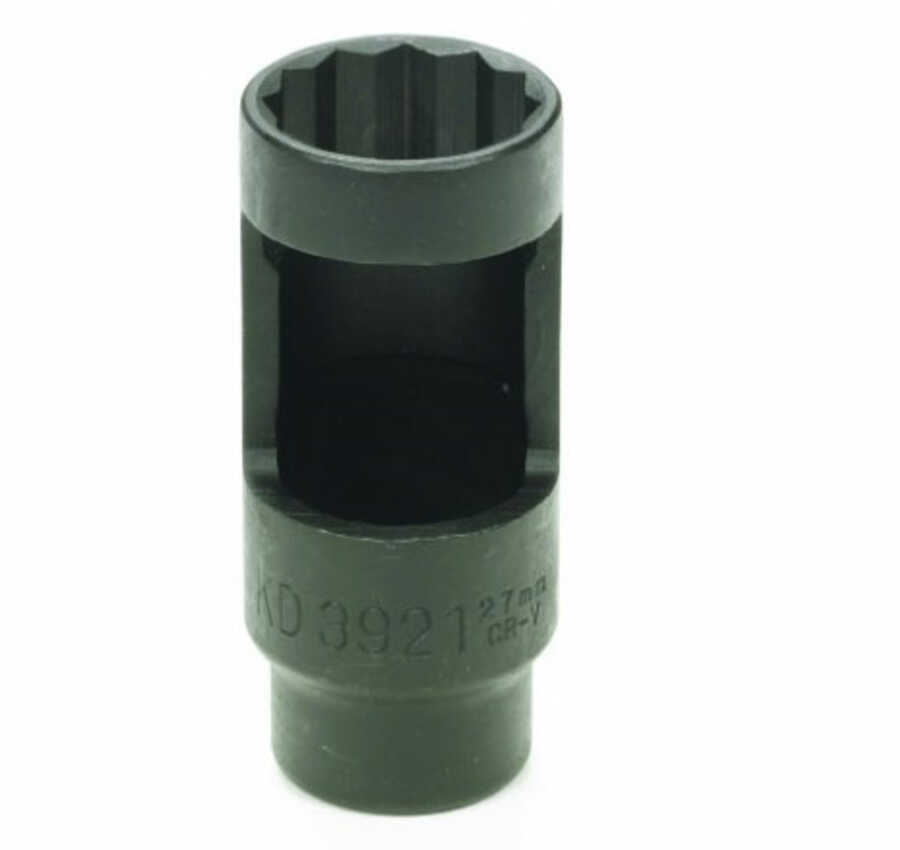

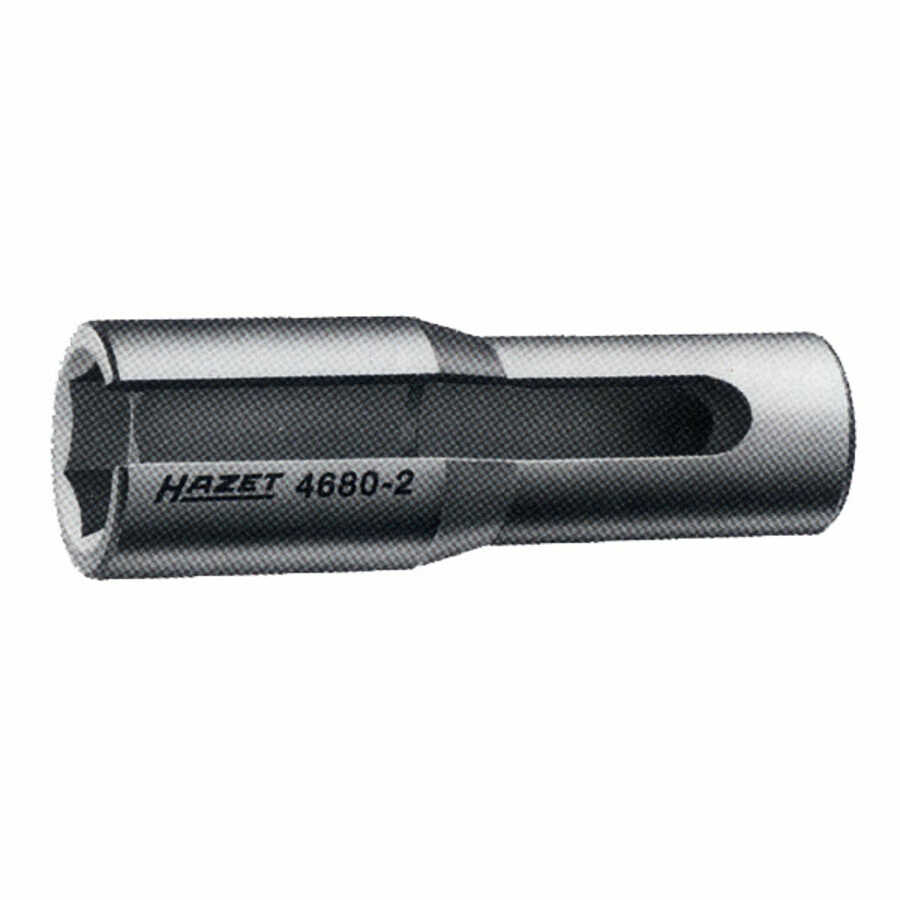
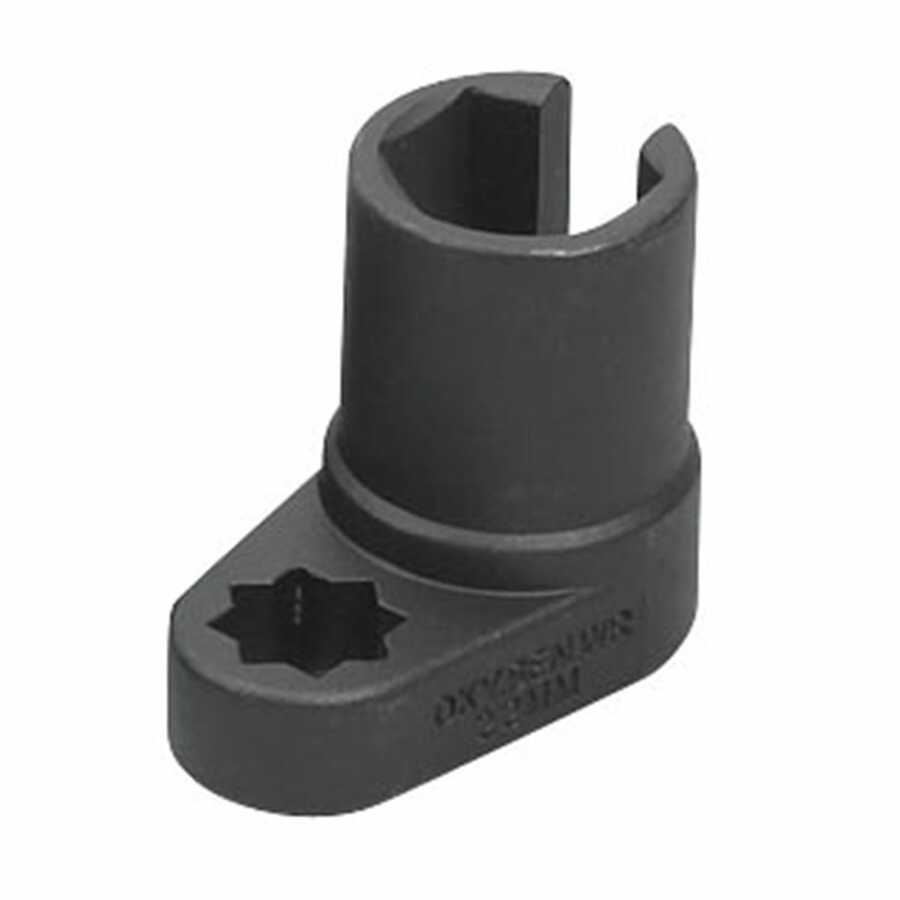

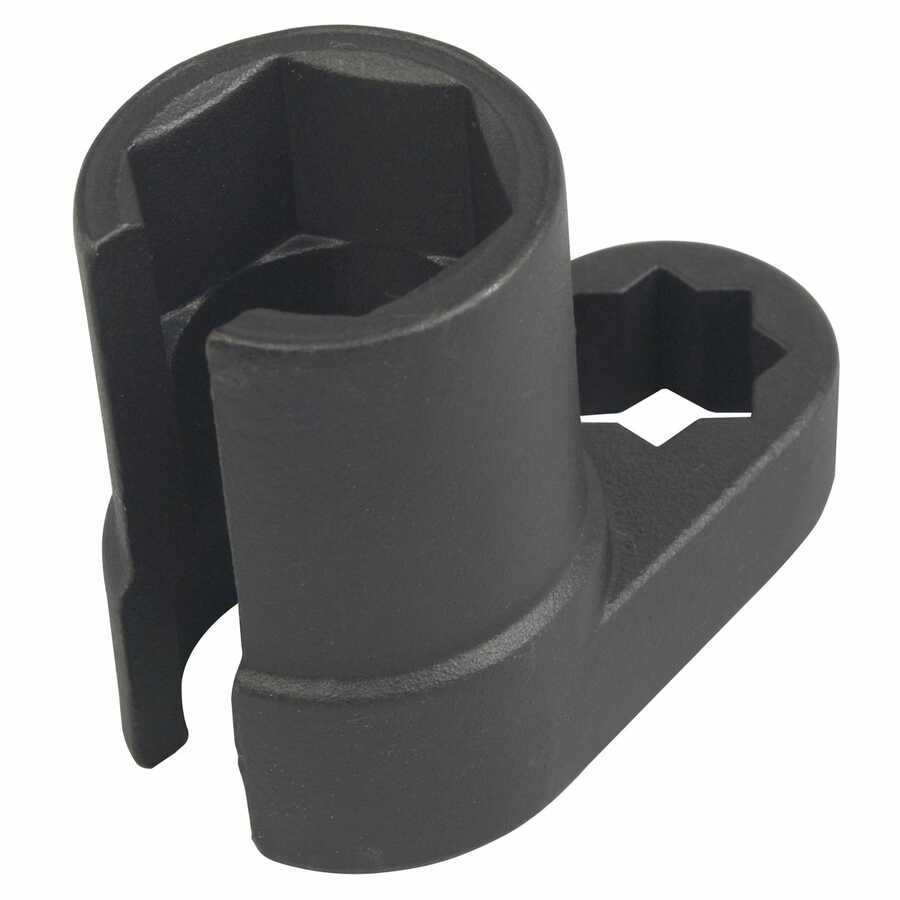
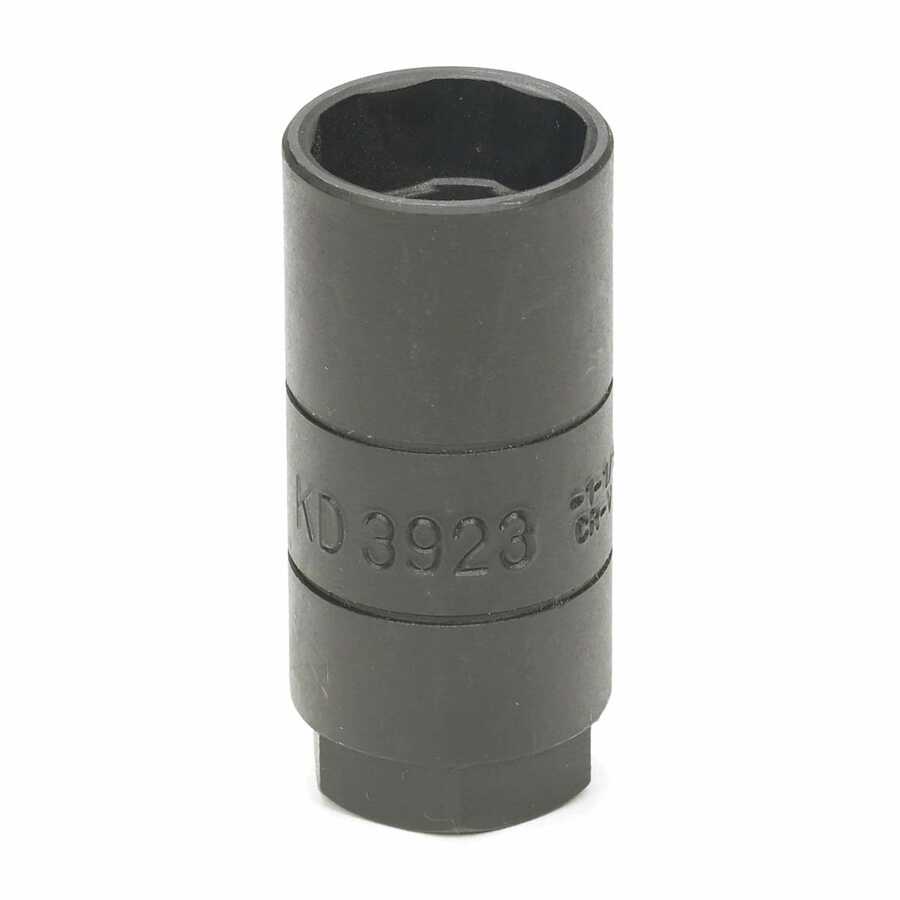
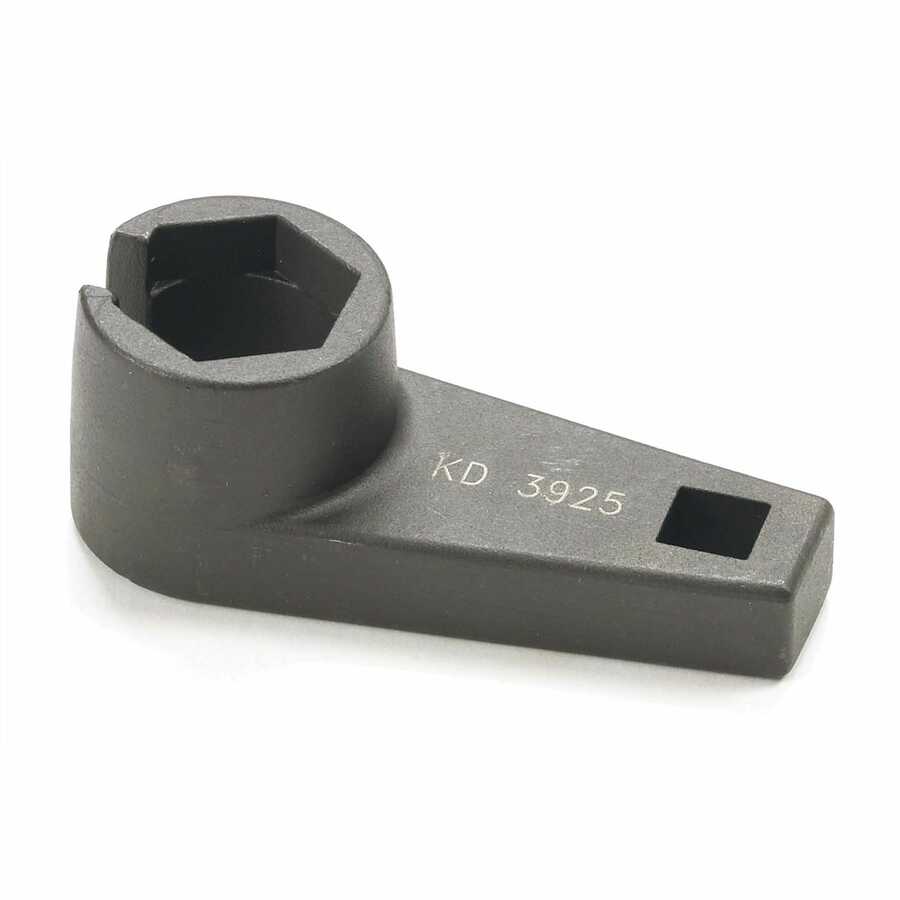
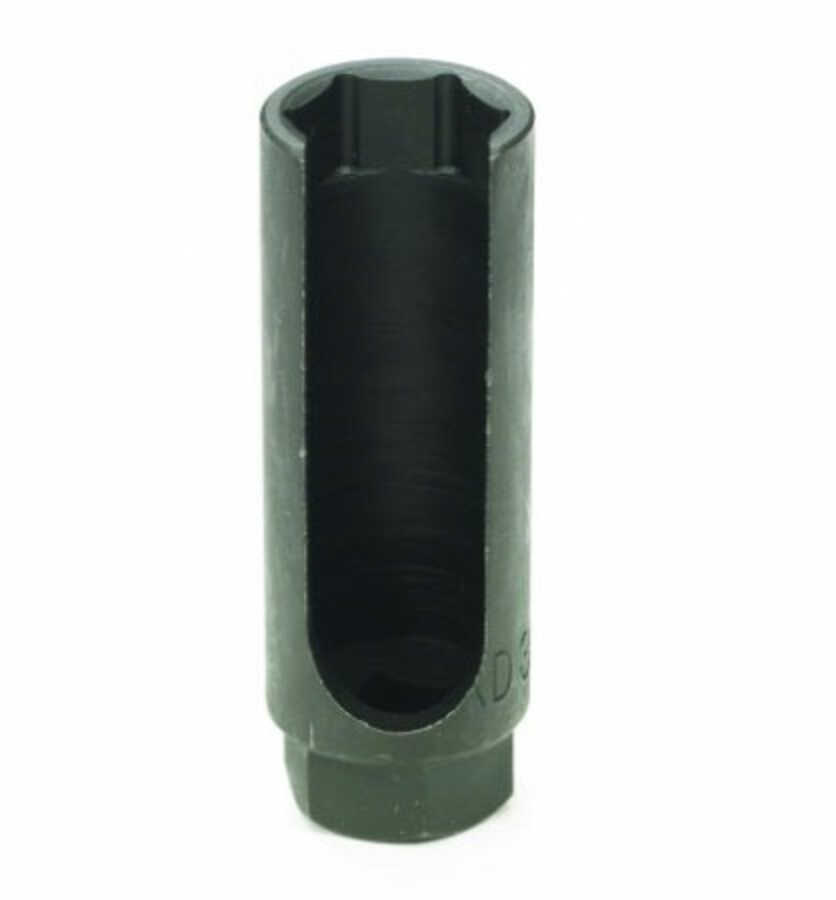

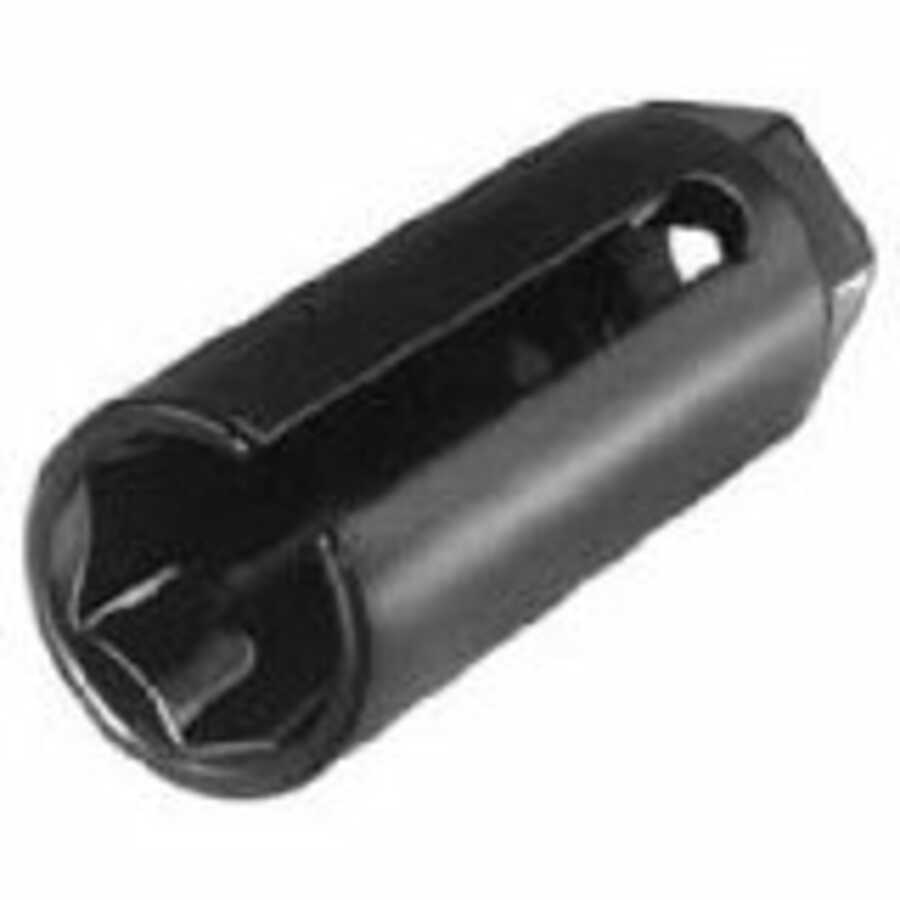
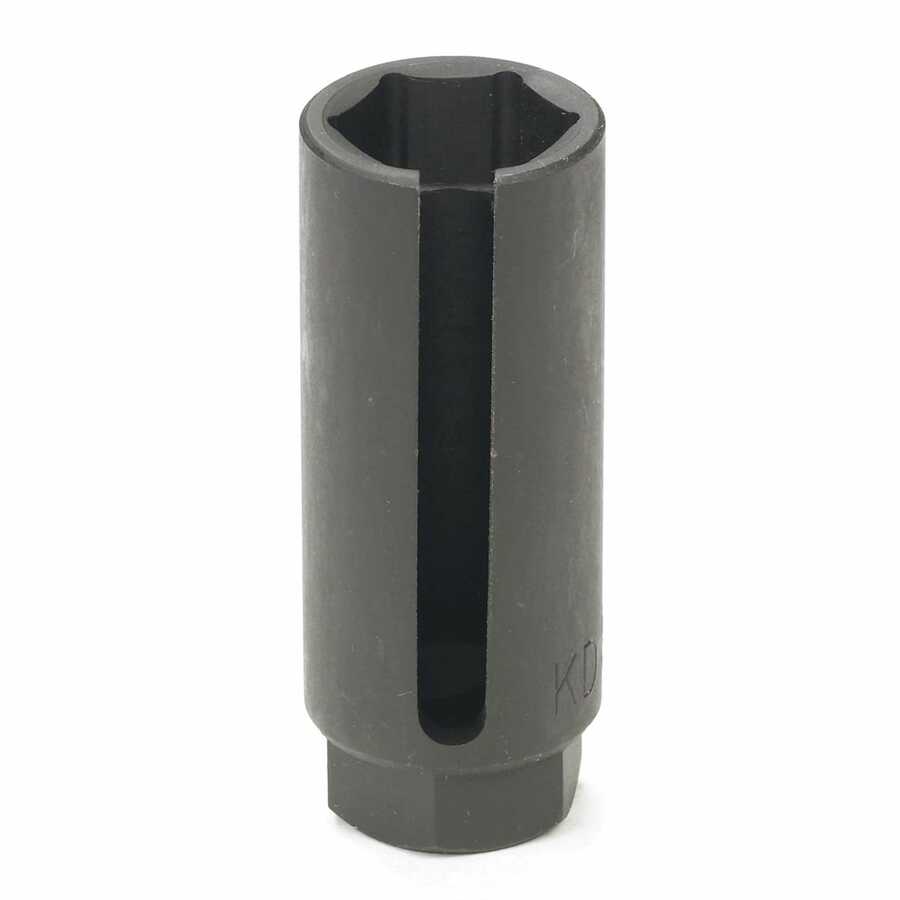

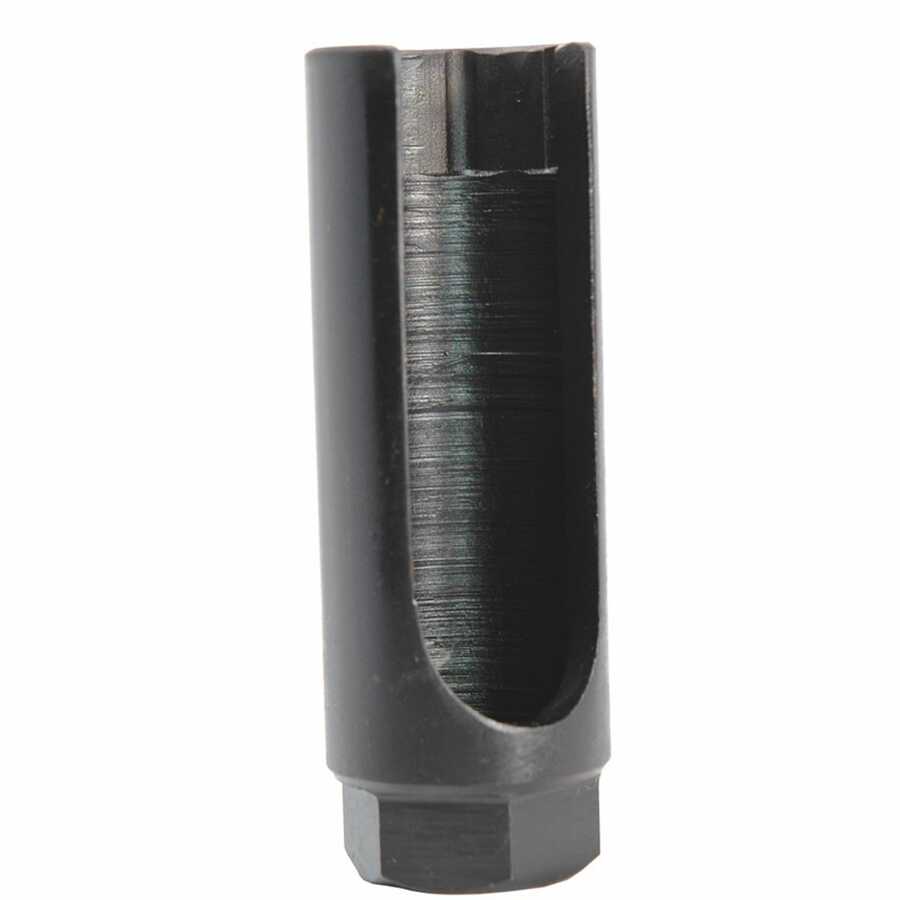



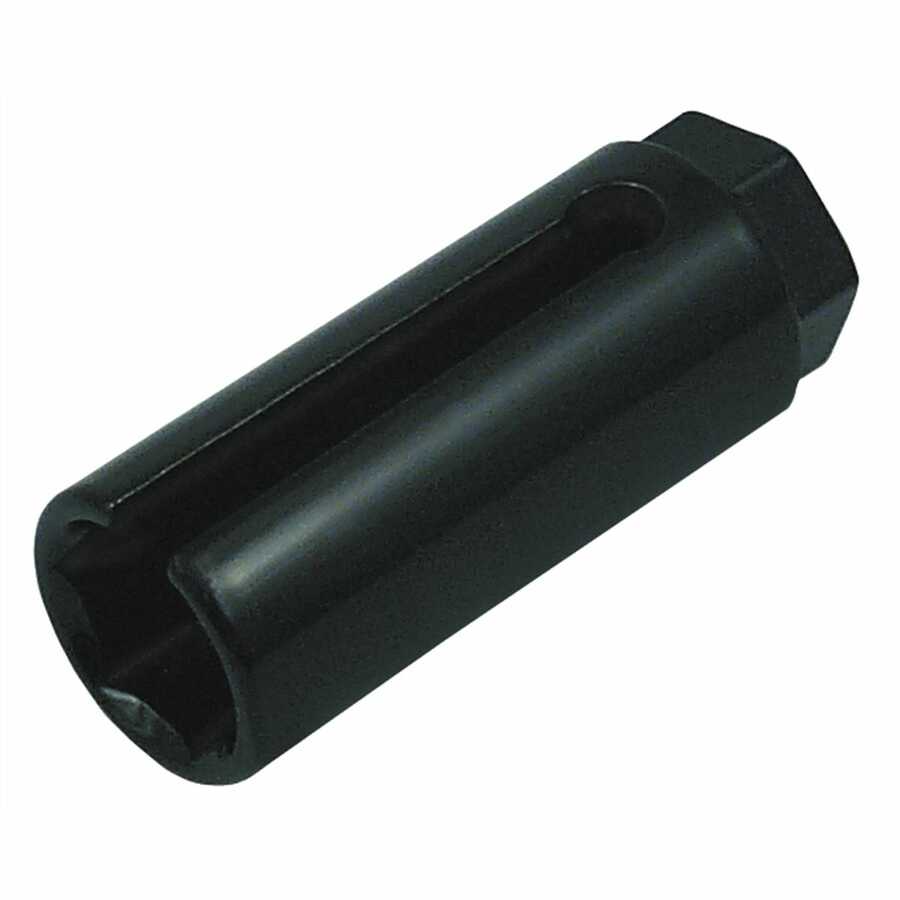







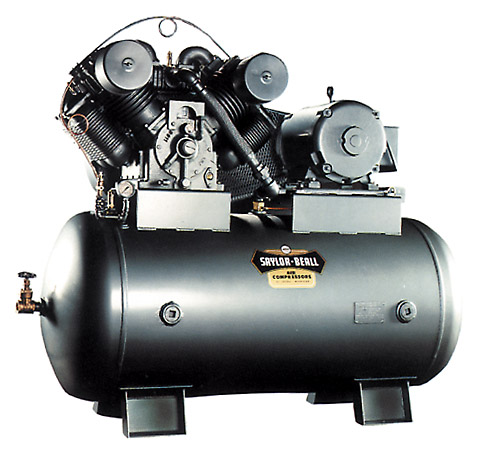



Follow us on social media